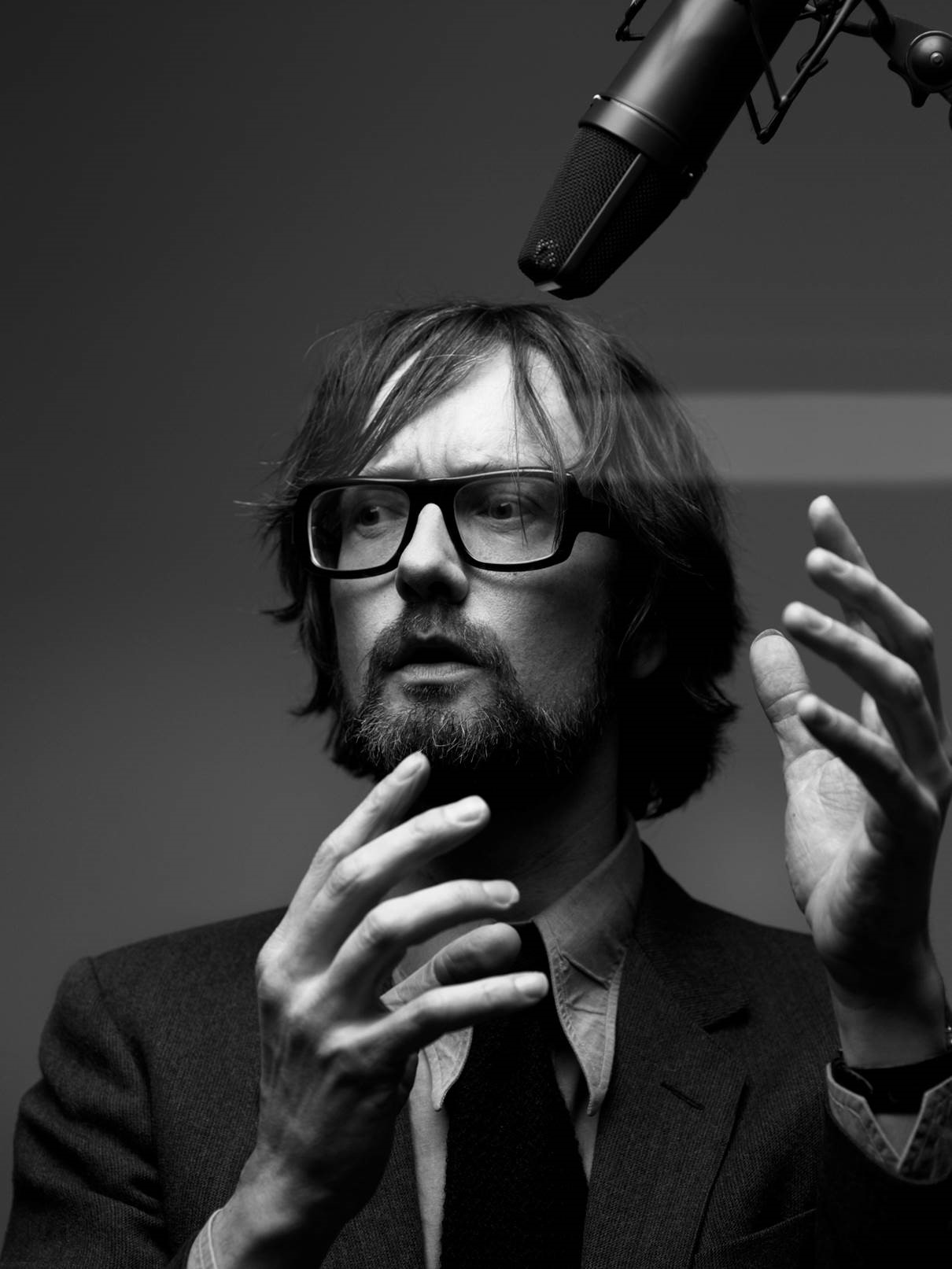At the start of the year, musician and alum Jarvis Cocker spoke to Marketa Uhlirova on the eve on Fashion in Film’s tenth anniversary. Here, Uhlirova shares Cocker’s reminiscences from a conversation that spanned fashion, music and art education.
On his time at Central Saint Martins:
We were a mixed bag of people who all learnt about each other. That was one of the best things about art education, coming from a very particular background, and then coming to London and meeting people from completely different backgrounds, and it just opened your mind… it had a very positive effect on me.
On the films he made in his student days:
Some of them have been digitally transferred. Some we used at Pulp concerts as projections. In fact, we just re-used one again recently in a performance I devised with Chilly Gonzalez, called Room 29.
On art schools:
Traditionally art schools were places where academic qualifications were not so important, you had space to think about things and space to have ideas. You can’t expect an instant result. Take this film that I made nearly 30 years ago. Suddenly, we decided the idea was going to be used. I mean, an economist would say, what a terrible waste. It’s taken you 30 years to use that idea. That’s not economically efficient of you. But that’s not the point. It’s more that at an art college you are exposed to ideas and that way of thinking stays with you for the rest of your life. It’s not something that you cash in, it keeps giving. I worry that these days colleges are turned into businesses. I don’t see why human beings have to see everything as a transaction. That said, I believe that human creativity is very tenacious and will find a way to express itself.
On fashion as message-making:
Mark Leckey’s Fiorucci Made me Hardcore talks about that. Mark came from the whole sportswear thing, they were things that golfers would wear, an upper-class thing. And it was about appropriating these clothes and using them in a different way. People would spend all their wages on a pair of shoes because it was important to give a message. A lot of it is about saying, “I am not going to accept the position that you think I am in. Look at me, I’ve got these shoes that really an aristocrat would wear but I am wearing them”.
On the London music scene:
I went to college a bit later, I didn’t go until I was 25. I was considered a mature student. I was already doing Pulp, which formed when I was 14 years old. I originally thought I’d stay in Sheffield and become a teenage pop star, like Justin Bieber. But that didn’t quite happen.
Eventually I applied to Saint Martins. I made two films on a super-8 camera that I bought at jumble sale in Sheffield and I showed those in my interview. Somehow I got onto the course. And when I arrived, the acid house thing was going on. And I was lucky to go to some of those early raves. The Pulp song Sorted For Es and Wizz sort of describes this… you could buy tickets from somebody in a strange apartment block and then you had go to, say, Soho Square at 11 at night and then get on a coach and you didn’t know where you were going to some weird place beyond the M25. And then I went to my first rave. And it was a massive revelation. It was what I always wanted going out to be like. There were lasers and smoke, and nobody was going to punch you (as was the case with going out in Sheffield).

